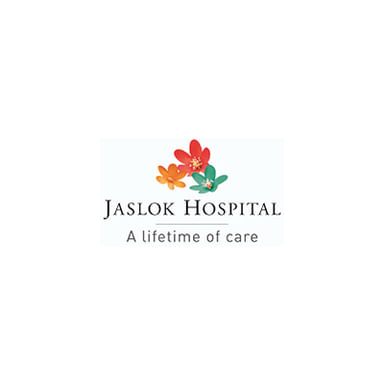Jaslok hospital
Oncologist Clinic
About Clinic
Our entire team is dedicated to providing you with the personalized, gentle care that you deserve. All our staff is dedicated to your comfort and prompt attention as well....read more
Clinic Timing
Clinic Location
Clinic Images
Videos
Hello,
I am Dr. Mukul Roy, radiation oncologist practicing. Today, I will be talking about radiotherapy and the various techniques available on radiotherapy. So, what is radiotherapy? It is one of the three modalities of treatment for cancer patients. First is, one of them is surgery, then comes chemotherapy and the third modality is radiotherapy. So, what are radiations actually? They are just like x-ray beams but very high energy of x-ray beams, they are so high that they can kill the cancer cells. So most of the cancers are tackled by combinations of these three modalities, but there are many cancers which can be primarily treated with radiotherapy, some of them are cervical cancers, nasopharyngeal cancers. So in radiation there are many myths, many people believe certain things that do not happen like they feel there will be hair loss with radiotherapy or there will be a lot of vomiting, lot of nausea, all these are myths with radiotherapy. These are basically the effects of chemotherapy. So radiation is a very local form of treatment so the side effects are also very local.
Coming to the main types of radiotherapy, there are two major classifications. So one is an external beam radiotherapy and one is the internal radiotherapy, which is called brachytherapy. In external beam radiotherapy what happens is, a patient lies down on the couch of the machine and there are machines called linear accelerators, which go around the patient in certain angles and they treat the patient. In brachytherapy what we do is, there are radioactive sources which are put inside the patient so the source is either in the tumor or near the tumor and the radiation is delivered through those sources. Coming to the external radiotherapy, earlier we used to practice conventional radiotherapy, wherein 2 bilateral field would be placed or maybe 4 fields form 4 sides would be placed, what happened with this technique there were more side effects seen in the patients, but in the 1990s the conformal radiotherapy has evolved and with the advances in computers and technology now we have something called is IMRT. So what is IMRT?
It is intensity-modulated radiotherapy, where one beam of the radiation can be split into multiple beamlets so what happens is, with this technique we can actually give 100% of the dose to the tumor area and whatever normal areas surround the tumor can be spared in a better manner because we have this sophisticated software and algorithms design with which we can come up with all these complex plans. So the main advantage of IMRT is that the side effects during radiotherapy and after radiotherapy is very less. So in Cancers which are curable and cancers which are early stage, the patient survives for a long time so when the side effect is less the quality of the life of the patient is much better. Nowadays, we also have later advancement in IMRT. Which is called Volumetric Arc Therapy (VMAT). RapidArc which is also similar to VMAT and these techniques are even more specific, they are even more accurate, In VMAT or RapidArc machine goes round an arc of 360 degrees and the patient is delivered high dose of precise radiotherapy accurately to the tumor.
There is also a technique called is deep inspiration breath-hold technique, which is also called DIBH, which is very beneficial in carcinoma of the left breast. When the patient holds the breath after inspiration and heart are there for pushed out and down. So with that what happens is the dose to the heart is very less compared to the dose to the heart in an otherwise conventional radiation plan. So my specific areas of interest are carcinoma of the oral cavity, tongue, throat, breast, prostate. Gynaecological cancer like cancer of the cervix, which is actually very radio-curable without doing surgeries in the early stage and carcinoma of the rectum, the anal canal. I am also keen on radiotherapy in carcinoma of the nasopharynx. So I hope you have understood the basics of radiotherapy because there are many myths associated with it. With new technologies it is very safe, it is very well tolerated with minimal side effects. So if you have any questions or queries you can contact me on the details provided.
Thank you!
Doctor in Jaslok hospital
Doctor in Jaslok hospital
Dr. Mukul Roy
Patient Review Highlights
Jaslok hospital Reviews
Raj Gaurav
Jan 22, 2019Dr. Mukul Roy provides answers that are very helpful. thanks so much doctor
Jyotsna Laud
Mar 30, 2018Dr. Roy came across as very warm and understanding. She gave us detailed information about the therapy. My mother was very comfortable under her treatment..
Maryam
Mar 02, 2018I found the answers provided by the Dr. Mukul Roy to be professional. No she hasn't had it's too risky she started first dose of chemo tho
Venkateswara Rao Jarabana
Jan 30, 2018Dr. Mukul Roy provides answers that are very helpful, practical and professional. Health Education for Social justice and useful
Neha Shyamdasani
Feb 16, 2018Dr. Mukul Roy provides answers that are knowledgeable. We are still not aware about the reason of cancer and their consequences

